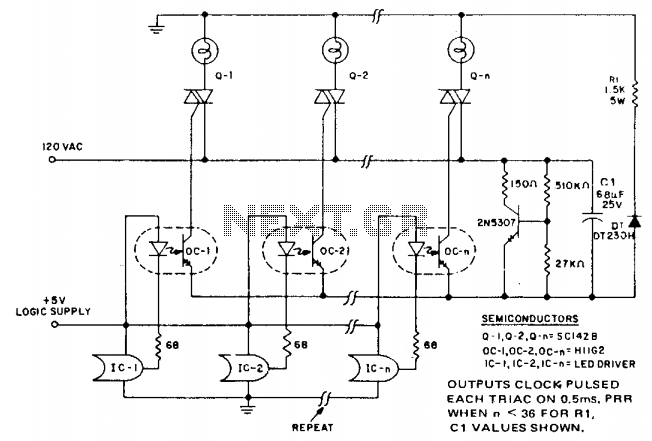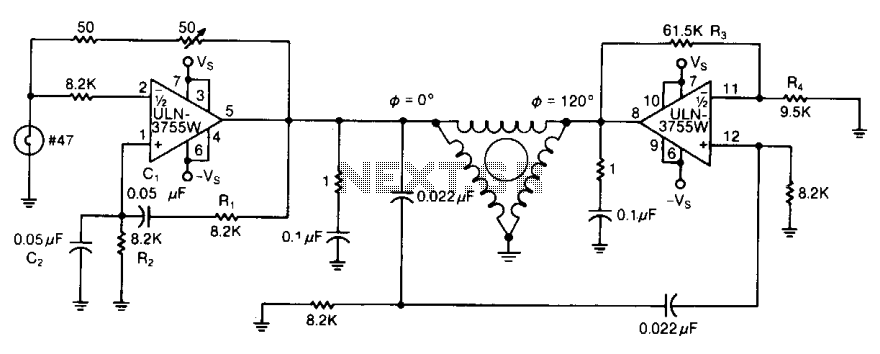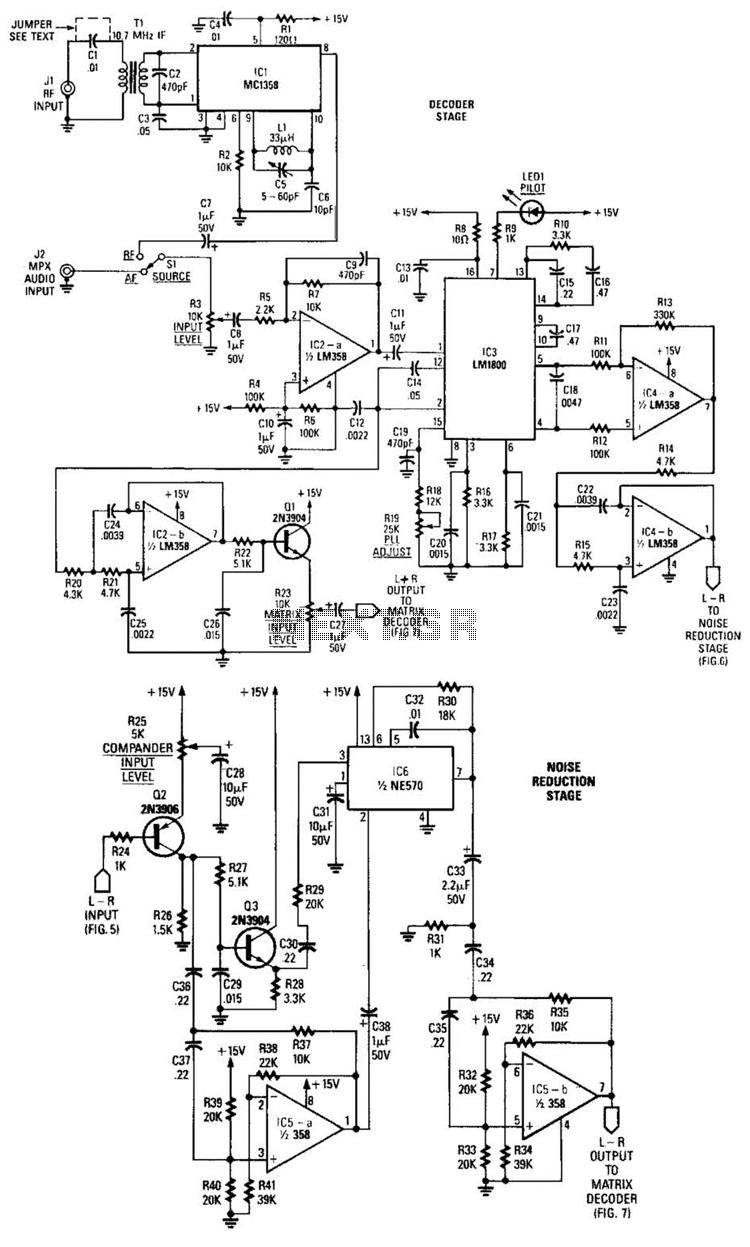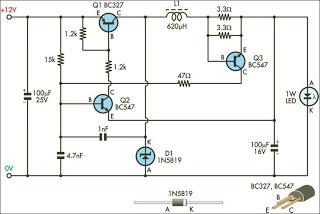
Multiplexed BCD Decoder 7 Segments Driver
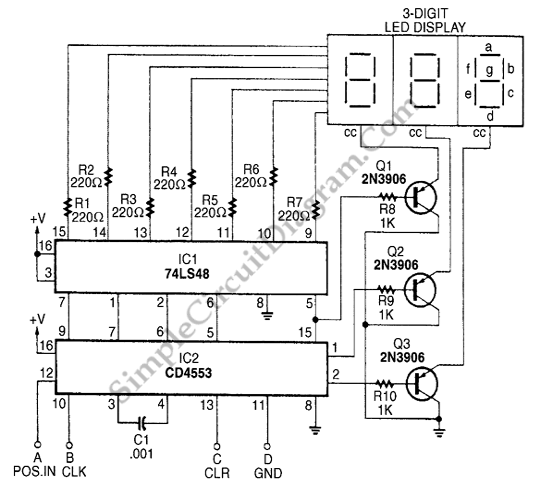
To simplify the driver circuit, a multiplexer circuit can be utilized as a solution. With this multiplexed BCD decoder, only one BCD is required.
A multiplexer (MUX) is an essential component in digital circuits, allowing multiple input signals to be routed to a single output line. In the context of a BCD (Binary-Coded Decimal) decoder, the use of a multiplexer can significantly reduce the complexity of the driver circuit. The BCD decoder converts binary inputs into a decimal output, which is useful in applications requiring numerical displays or control systems.
In this design, a single BCD decoder can be employed in conjunction with the multiplexer to manage multiple BCD inputs efficiently. The multiplexer selects one of the several BCD inputs based on control signals, enabling the decoder to process only the active input at any given time. This configuration not only minimizes the number of components needed but also streamlines the overall circuit design.
The implementation involves connecting the outputs of the multiplexer to the input of the BCD decoder. Control lines determine which BCD input is active, allowing for dynamic selection of the input data. The output of the BCD decoder can then drive a display or other downstream components.
The benefits of this approach include reduced power consumption, lower component count, and simplified wiring, which can lead to enhanced reliability and ease of troubleshooting. Additionally, this configuration can be adapted to various applications, such as digital displays, counters, or any system requiring the conversion of binary data into a decimal format.
In summary, integrating a multiplexer with a BCD decoder provides an efficient solution for managing multiple binary inputs, thereby simplifying the design and operation of digital circuits.To save the complexity of driver circuit, a multiplexer icrcuit can be used for the solution. With this multiplexed BCD decoder, we can use only one BCD.. 🔗 External reference
A multiplexer (MUX) is an essential component in digital circuits, allowing multiple input signals to be routed to a single output line. In the context of a BCD (Binary-Coded Decimal) decoder, the use of a multiplexer can significantly reduce the complexity of the driver circuit. The BCD decoder converts binary inputs into a decimal output, which is useful in applications requiring numerical displays or control systems.
In this design, a single BCD decoder can be employed in conjunction with the multiplexer to manage multiple BCD inputs efficiently. The multiplexer selects one of the several BCD inputs based on control signals, enabling the decoder to process only the active input at any given time. This configuration not only minimizes the number of components needed but also streamlines the overall circuit design.
The implementation involves connecting the outputs of the multiplexer to the input of the BCD decoder. Control lines determine which BCD input is active, allowing for dynamic selection of the input data. The output of the BCD decoder can then drive a display or other downstream components.
The benefits of this approach include reduced power consumption, lower component count, and simplified wiring, which can lead to enhanced reliability and ease of troubleshooting. Additionally, this configuration can be adapted to various applications, such as digital displays, counters, or any system requiring the conversion of binary data into a decimal format.
In summary, integrating a multiplexer with a BCD decoder provides an efficient solution for managing multiple binary inputs, thereby simplifying the design and operation of digital circuits.To save the complexity of driver circuit, a multiplexer icrcuit can be used for the solution. With this multiplexed BCD decoder, we can use only one BCD.. 🔗 External reference

